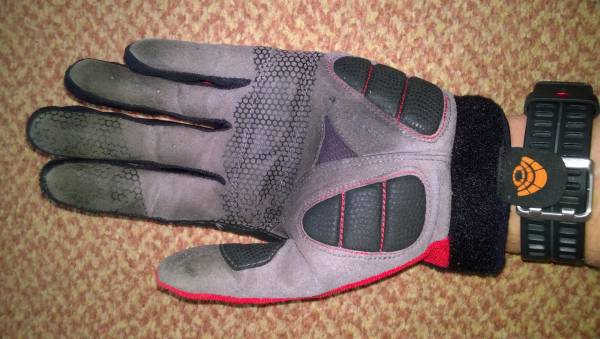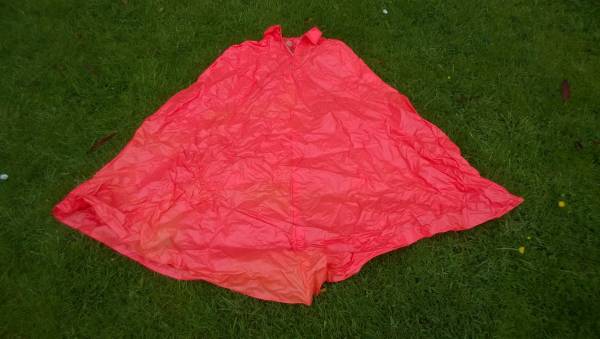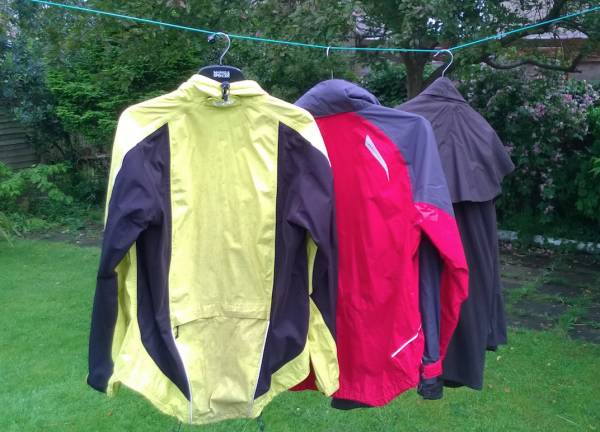If you’ve just taken cycling back up for the first time since you were younger, you may quickly discover it is not such a comfortable experience as you recall. And there are few things worse than being in pain when far way from home. Not to mention we are more likely to stick with a fitness plan that we enjoy.
So, if you are new to cycling but hoping to make it a regular part of your training, here are my top tips for being more comfortable (and safer) on your bike. These are the five things you definitely don’t want to do and my suggestions for better alternatives.
While old school can be cool, don’t let this be you.
1. Avoid Wearing Jeans
Jeans are great, but not for cycling. The seams are often thick, hard, and press right where you don’t wish them to when on the bike saddle. In addition, the denim material itself can often be thick and inflexible. When your knees and hips have to flex something like eighty times per minute, having the material wedged behind your knee or in your groin is a recipe for discomfort, in addition to the extra effort required to stretch the material over the knee each time. Plus, if your jeans get wet, they will become even more inflexible, as well as heavy.
Cycling shorts are the best clothing option, and there is a wide range to choose from. It is worth investing is a good pair rather than what is on offer at your local discount store (although you can sometimes find a bargain on good ones).
“If the Lycra look is not your thing, then look for cycling-specific undergarments and you can wear something else over those.”
Cycling shorts should fit snugly and be made from material with stretch. The seams should be flat and double stitched. They should have a comfortable shaped pad, not thin foam, to protect vulnerable areas. The edge of the pad should be soft and tapered, avoiding sharp seams.
The benefit of modern sports fabrics is that they will not hold water if caught out in the rain and can be washed and dried quickly. The material is also smooth and should have low friction against the saddle to avoid hot spots. If the Lycra look is not your thing, then look for cycling-specific undergarments and you can wear something else over those.
2. Avoid Bare Hands
Leaving your hands exposed to the elements as the air passes over your fingers is a formula for dry and chapped skin. The vibration as you cycle along a rough road surface can also upset the nerves passing through the wrist leaving you with tingling fingers or, worst of all, a dose of carpel tunnel syndrome. The latter will ruin your day if you need to do anything requiring finger dexterity – such as eating with a fork or using a keyboard.
If you are unfortunate enough to fall off your bike (and, trust me, we have all done it), then a pair of gloves can reduce some nasty scrapes. Good quality cycling gloves will not only keep your hands protected, but often include a pad near the wrist to soften the vibration from the road at the contact points with the handlebars.

Check out your local bike store for glove options.
3. Avoid Wearing a Tent
I don’t literally mean a tent. Cycling gear has really moved on from the type of cape that your great-great-grandfather would have worn. Heavy waxed cotton, oilskins, or even plastic capes might be good if you are on foot, but they seldom do much good when you are on a cycle. They leave your feet and legs exposed to the wet thrown up from the road and act like a sail in any wind.
Unless it is really cold and you need the thick layers to keep warm, a bulky coat or cape can create problems. It will catch any wind, potentially pushing you sideways, which can be a danger if you’re near other traffic. It will also make progress much slower.
Instead, opt for a more modern, lightweight coat. Look for a weather-proof one that also “breathes,” allowing excess heat and moisture out. It should fit snugly so you can avoid the sail effect. If the weather is cold, then modern materials in layers will keep you warm by trapping thin layers of air without adding unnecessary bulk.

Although this cape is a nice bright color, you will get blown all over the place.
4. Avoid Old Shoes and Dangling Laces
Your feet are just as exposed to the elements as your hands. In addition, they will catch all the water thrown up by the front wheel. Your favorite old sneakers may be cool, but they might not be the best for protecting your feet. Loose laces are also an accident waiting to happen when they get caught in the chain.
“Your favorite old sneakers may be cool, but they might not be the best for protecting your feet.”
You don’t have to go for the latest cycling shoes with cleats. Some water-resistant sneakers or shoes with Velcro fastenings are all you need. Designs that allow the feet to breathe while having a stitched-in tongue work best. The sole should be fairly firm so that you can press effectively on the pedals, so your minimalist running shoes are best left for running. If you have to have laces, then choose a design that has a flap so the laces can be tucked out of the way.
5. Avoid Camo
The best things to wear if you wish to increase your chances of not being seen and having an accident with a pedestrian or motor vehicle is camo gear. In a populated environment, “camo” includes any clothing that is black, grey, green, or brown. In the split second when someone actually looks up the road at an intersection before moving through, you want to be as visible as possible.
Yellows, reds, pinks, and oranges all work well along with reflective piping or patches. If you’re wearing a backpack, use one that helps keep you visible. There are some fantastic eye-searing patterns available that will help keep you seen and hopefully safe from the “Sorry, I didn’t see you” event.

Lightweight, yet warm and comfortable, jackets like these are your best bet.
Finally, please do wear a helmet. Ride safe and enjoy yourself!
You’ll also enjoy:
- Why Heavy Lifting Is the Best Winter Activity for Cyclists
- Sportive Cycling Events: What They Are, Why to Do Them, and How to Prepare
- How to Warm Up Properly for Your Cycling Event
- What’s New On Pulse Beat Fit Today
Photos courtesy of Simon Kidd.






